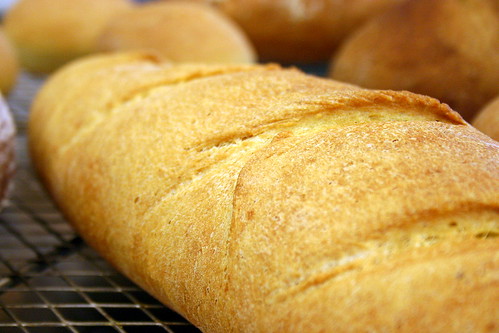semolina's in SUNOL

semolina's SUNOL
semolina's in SUNOL.Though present in latin and greek, the word is not indoeuropean in origin, but a loan word from the semitic root smd to grind into groats.The root is attested in arabic, aramaic and akkadian.
Modern milling of wheat into flour is a process that employs grooved steel rollers.
The rollers are adjusted so that the space between them is slightly narrower than the width of the wheat kernels.
Through sifting, these particles are separated from the bran and this is semolina.
The semolina is then ground into flour.
Different grades of flour can be thus produced.
It is usually the basis for dried products such as , which is made by mixing roughly 2 parts semolina with 1 part durum flour.
When flour comes from softer types of wheats it is white in color.
When boiled, it turns into a soft, mushy.
This flour is popular in northwestern europe and north america as a , boiled with milk and sweetened, called semolina pudding.
In the middle east, it is used to make desserts called harisa or so called basbosa or nammora.
More broadly speaking, meal produced from grains other than wheat may also be referred to as semolina, e.
It is sometimes also used to coat slices of fish, before it is pan fried in oil, which gives it a crispy coating.
In some cultures, it is served at funerals, during special celebrations, or as a religious offering.
In much of , durum semolina is made into the staple.
As an alternative to corn meal, semolina can be used to flour the baking surface to prevent sticking.
In bread making, a small proportion of durum semolina added to the usual mix of flour produces a tasty crust.
semolina's in MORRIS CHAPEL semolina's MORRIS CHAPEL
No comments:
Post a Comment